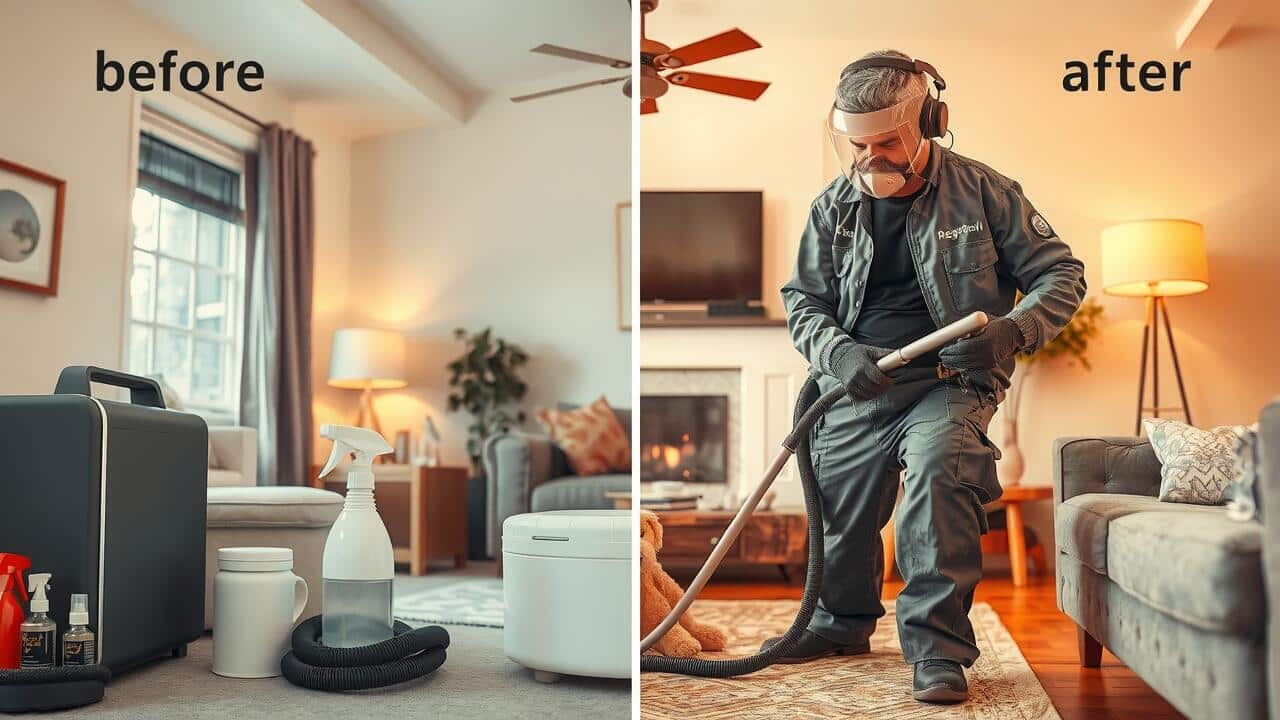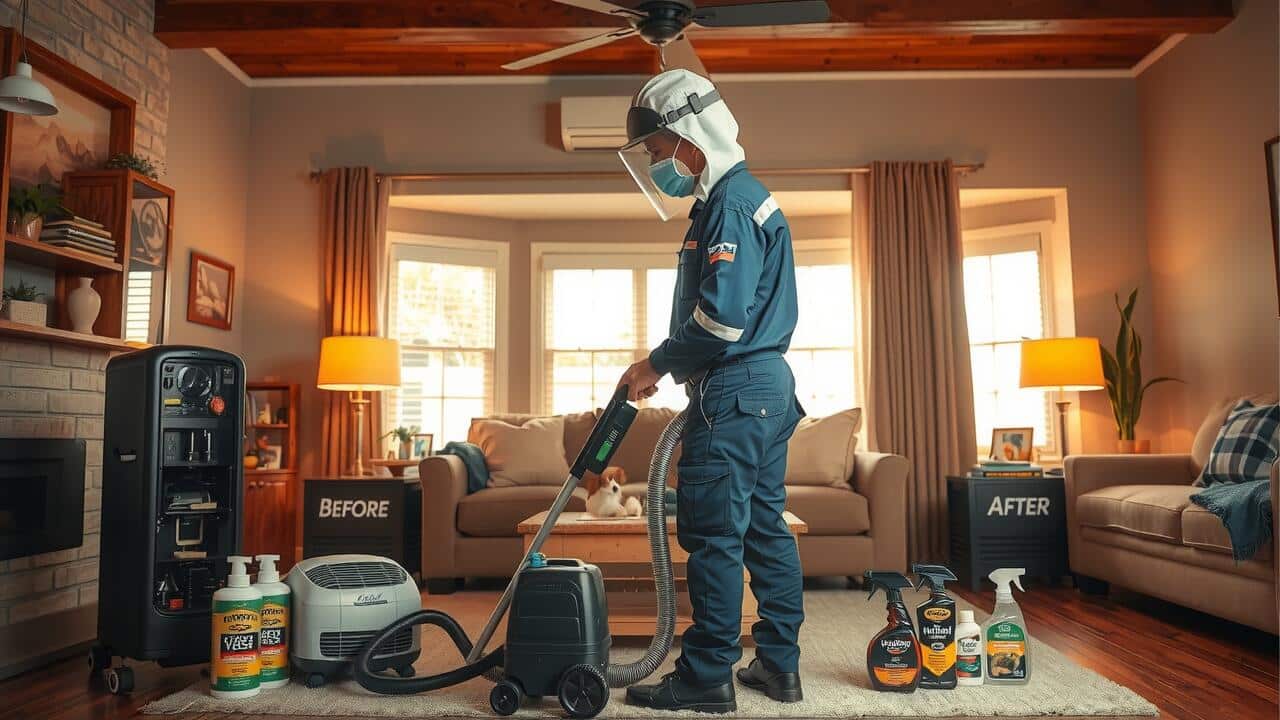
Table Of Contents
Identifying Odor Sources
Identifying the sources of unpleasant odors is crucial for effective odor removal in any environment. Common offenders include food waste, pets, mold, and mildew. Understanding where these smells originate helps in choosing the right methods for elimination. Odors can linger in carpets, upholstery, or even hard surfaces, making it essential to inspect these areas thoroughly.
In households, kitchens and bathrooms often harbor the most stubborn scents. Garbage disposals, fridges, and sinks can trap food particles and moisture that lead to unwanted smells. In addition, musty clothes or damp basements contribute to an overall decline in air quality. By pinpointing these sources, odor removal in various spaces becomes a more focused and effective task.
Common Areas of Odor Buildup
Common areas of odor buildup include kitchens, bathrooms, and basements. In kitchens, food scraps and spills can create lingering smells. Bathrooms often harbor odors due to moisture, mildew, and personal care products. Basements can develop an earthy or musty scent from a lack of ventilation. Odor removal in these spaces requires identifying the source and addressing it promptly.
Another common area for odor buildup is in pet-friendly households. Pet bedding, litter boxes, and accidents can lead to unpleasant smells. Regular cleaning and maintaining proper hygiene are essential in these areas. Odor removal in homes with pets demands attention to detail, as these smells can become entrenched if not managed consistently.
Evaluating Product Safety
When assessing the safety of odor eliminators, it is crucial to look beyond their effectiveness. Many commercial products contain chemicals that may pose health risks, particularly in enclosed spaces. Always check for harsh ingredients that can irritate the respiratory system or skin. Reading labels will provide insight into potential allergens and toxic compounds. Odor removal in homes should prioritize safety, ensuring that any chosen product does not compromise indoor air quality or the well-being of inhabitants.
Eco-friendly and natural alternatives have gained popularity for their safety benefits. Options like plant-based enzymes and essential oils minimize health risks associated with synthetic chemicals. These products can effectively tackle odors while being less likely to trigger allergic reactions or respiratory issues. Conducting thorough research on these alternatives before deciding will guide consumers toward safer choices. Odor removal in spaces frequented by children and pets is especially crucial, underscoring the importance of safety in product selection.
Considerations for Indoor Air Quality
Indoor air quality is crucial for maintaining a healthy living environment. Poor air quality can lead to various health issues, including respiratory problems and allergies. When selecting odor elimination products, it is essential to consider their impact on indoor air quality. Many conventional air fresheners and chemical odor neutralizers can release volatile organic compounds (VOCs), which may contribute to air pollution within your home. Opting for products that are free from harsh chemicals will reduce the risk of compromising indoor air quality.
Odor removal in confined spaces, such as bathrooms or basements, requires particular attention. These areas often retain moisture, which can lead to the growth of mold and mildew, exacerbating unpleasant odors. Ventilation plays a key role in managing both odors and humidity levels. Incorporating natural solutions, such as baking soda or activated charcoal, can effectively address odors without harming indoor air quality. Awareness of the ingredients in odor-eliminating products and their effects on air quality will ensure a healthier atmosphere for all occupants.
DIY Odor Eliminator Recipes
Creating your own odor eliminators can be both effective and economical. Many household items serve as excellent bases for DIY recipes. For instance, vinegar is well-known for its ability to neutralize smells. A simple mixture of equal parts vinegar and water in a spray bottle can be used for quick odor removal in various rooms. This solution works best on surfaces like countertops, fabrics, and floors.
Another popular option is baking soda, which naturally absorbs odors without masking them. It can be sprinkled on carpets, left overnight, and vacuumed the next day for refreshing results. You can also create sachets filled with baking soda and essential oils to place in closets or drawers for continuous odor removal in smaller spaces. These homemade solutions not only help keep your home smelling fresh but also avoid the use of harsh chemicals found in commercial products.
Homemade Solutions Using Vinegar
Vinegar is a well-known household staple that serves multiple purposes beyond cooking. Its acetic acid content effectively neutralizes odors, making it an excellent choice for odor removal in various settings. For those looking to harness its power, a simple solution can be made by mixing equal parts of vinegar and water in a spray bottle. This mixture can be sprayed directly onto surfaces or in the air to eliminate unwanted smells, particularly in kitchens and bathrooms.
Another effective method involves soaking a bowl of vinegar and placing it in the area with persistent odors. The vinegar absorbs the unpleasant smells, allowing for a fresher environment. This technique is particularly useful in spaces with lingering food scents or pet odors. Using vinegar for odor removal in fabric can also be beneficial; just mix it with water and lightly spray fabrics to tackle smells absorbed over time.
FAQS
What is the strongest odor eliminator available on the market?
The strongest odor eliminator varies by individual preference and specific use cases, but some highly rated products include activated charcoal, ozone generators, and enzymatic cleaners that target specific odors.
How can I identify the source of persistent odors in my home?
To identify the source of persistent odors, check common areas such as kitchens, bathrooms, and basements. Look for dampness, mold, or hidden food spills, and consider using odor detection tools like UV lights to find pet stains or other hidden sources.
Are commercial odor eliminators safe for indoor use?
Many commercial odor eliminators are designed to be safe for indoor use, but it’s essential to read labels for safety information. Look for products with non-toxic ingredients, and consider those certified by organizations like EPA or GREENGUARD for indoor air quality.
Can homemade solutions effectively eliminate odors?
Yes, homemade solutions such as those using vinegar, baking soda, or essential oils can be effective in eliminating odors. They are often safer and more eco-friendly compared to commercial products, making them a popular choice for many households.
How do I maintain good indoor air quality while eliminating odors?
To maintain good indoor air quality while eliminating odors, ensure proper ventilation, use natural odor eliminators like plants, and regularly clean surfaces. Avoid products with harsh chemicals and opt for safer alternatives when possible.
